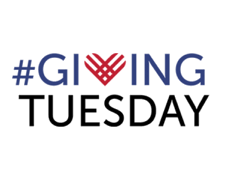 Tuesday, November 27th is Giving Tuesday 2018. This time of year is huge for charities, with 40% of donations occurring in the last six weeks of the year. Here are some ways you can “double your impact” with a matching donation.
Tuesday, November 27th is Giving Tuesday 2018. This time of year is huge for charities, with 40% of donations occurring in the last six weeks of the year. Here are some ways you can “double your impact” with a matching donation.
Facebook Match(good toward any charity that accepts donations via Facebook). Starting at 8am Eastern on 11/27, Facebook and PayPal will match $7 million in donations to U.S. nonprofits – up to $250,000 per nonprofit and $20,000 per donor. Donations will be matched dollar for dollar on a first-come, first-served basis.
For example, give directly with the donate button on the The Humane Society Facebook Page. You can also start your own fundraiser here or simply post up a donate button to support your favorite charity.
Check for an employer match. Try this lookup tool from DoubleTheDonation. Most of these programs don’t require you to actually give on a specific day, but you may want to start the process today so you don’t forget in the holiday rush.
PayPal (good toward any charity participates in the PayPal Giving Fund). “Make a donation using PayPal on Tuesday, November 27, 2018 (Giving Tuesday) and we’ll match every donation that you make to PayPal Giving Fund (“Offer”), for the benefit of your recommended nonprofit dollar for dollar, up to $500,000 in total matching funds.” You must use your PayPal account. As far as I can tell, you can link up any rewards credit card of your choice and use that as the funding source. Your donation will technically be given to the PayPal Giving Fund, an IRS-registered 501(c)(3) nonprofit organization, and then disbursed to your selected nonprofit. It will still be tax-deductible to the extent allowed by law.
Individual charities. The following large charities have organized their own matches in the past, but check to make sure.
Check with your favorite community nonprofit. Many local charities may also have matching grants today.
Having trouble deciding where to give? Here are some charity comparison sites that will help you pick where to send your help.
- CharityNavigator – Largest and well-publicized charity rating site, provides a 4-star rating based primarily on financial criteria.
- GiveWell – Tries to identify the best charities, not rate them all. Focused primarily on charities working internationally
- GreatNonProfits – Allows clients, volunteers, and funders to post personal reviews based on their experiences.
- GuideStar – Tries to be a one-stop shop for both financial data and personal reviews of charities. Must register to see a lot of things, and pay a subscription fee for premium in-depth data.
- Philanthropedia – Ranks non-profits based on opinions of experts, and groups them to mutual fund-like portfolios.
 This is a reminder that
This is a reminder that 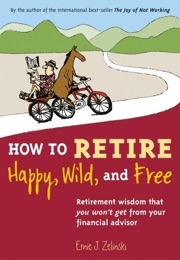

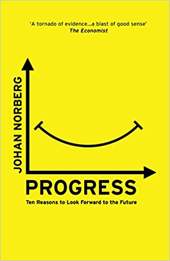 Johan Norberg wrote Progress: Ten Reasons to Look Forward to the Future, which was a 2017 Book of the Year for The Economist and the Observer. I haven’t read it, but it seems like a well-researched book with hard evidence on why we should be more optimistic.
Johan Norberg wrote Progress: Ten Reasons to Look Forward to the Future, which was a 2017 Book of the Year for The Economist and the Observer. I haven’t read it, but it seems like a well-researched book with hard evidence on why we should be more optimistic.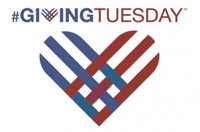
 We’ve all heard of the power of compound interest. We’ve all heard of Benjamin Franklin. But have you heard of the story where Ben Franklin let his money compound quietly for 200 years? Here’s an excerpt from the book
We’ve all heard of the power of compound interest. We’ve all heard of Benjamin Franklin. But have you heard of the story where Ben Franklin let his money compound quietly for 200 years? Here’s an excerpt from the book  If you celebrate Christmas, you may have seen this quote about keeping with true values behind the holiday:
If you celebrate Christmas, you may have seen this quote about keeping with true values behind the holiday: 

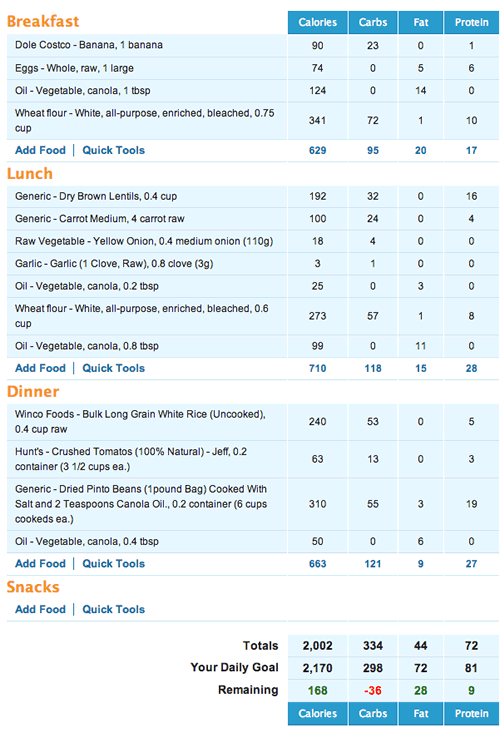
 Breakfast
Breakfast The Best Credit Card Bonus Offers – March 2024
The Best Credit Card Bonus Offers – March 2024 Big List of Free Stocks from Brokerage Apps
Big List of Free Stocks from Brokerage Apps Best Interest Rates on Cash - March 2024
Best Interest Rates on Cash - March 2024 Free Credit Scores x 3 + Free Credit Monitoring
Free Credit Scores x 3 + Free Credit Monitoring Best No Fee 0% APR Balance Transfer Offers
Best No Fee 0% APR Balance Transfer Offers Little-Known Cellular Data Plans That Can Save Big Money
Little-Known Cellular Data Plans That Can Save Big Money How To Haggle Your Cable or Direct TV Bill
How To Haggle Your Cable or Direct TV Bill Big List of Free Consumer Data Reports (Credit, Rent, Work)
Big List of Free Consumer Data Reports (Credit, Rent, Work)